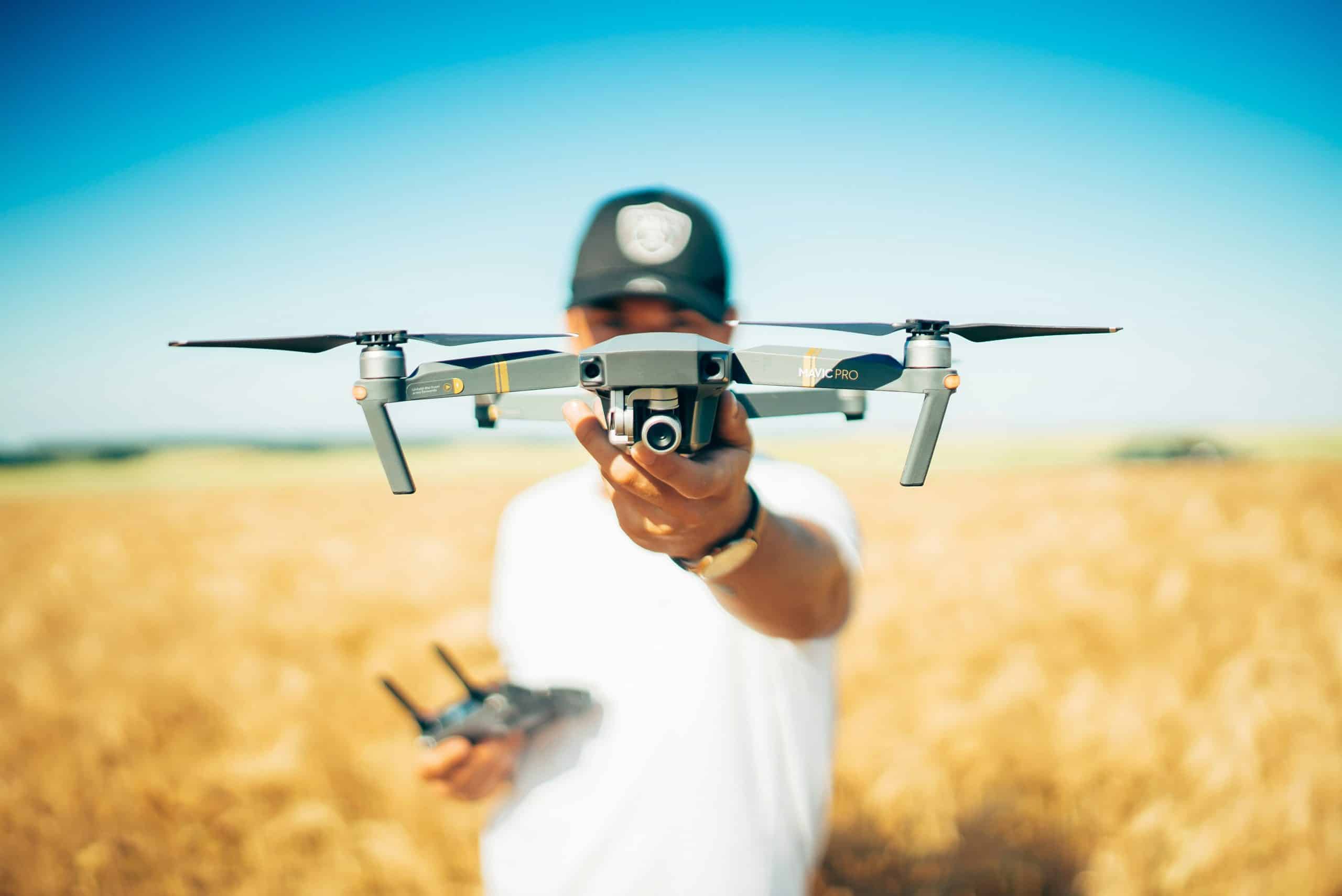Drones, or Unmanned Aerial Vehicles (UAVs), have undeniably taken the world by storm. From aerial photography, agriculture, and inspections to delivery services, drones have revolutionized various sectors of the industry. However, as the number of UAVs in the skies increases, so does the risk of collisions. That’s where collision avoidance systems come in. These innovative technologies are playing an imperative role in maintaining safe, efficient drone operations.
The Essentials of Drone Collision Avoidance Systems
Before diving into the latest innovations, it’s crucial to understand the underlying technology of collision avoidance systems. These systems are designed to prevent drones from colliding with obstacles in their flight path, whether they’re static objects like buildings and trees or moving entities like birds and other aircraft.
Additional reading : Are Microbial Fuel Cells the Key to Wastewater Treatment and Clean Energy Generation?
At the heart of these systems are sensors. These essential components detect potential obstacles, giving the drone enough time to adjust its trajectory and prevent a collision. The type of sensor used can vary, with options including ultrasonic, infrared, optical, and LiDAR sensors, each having its own strengths and weaknesses.
Additionally, these systems also rely heavily on control algorithms. These algorithms process the data from the sensors to determine the most suitable course of action. Depending on the urgency and nature of the obstacle, the system may decide to stop, slow down, or change direction.
Topic to read : How Are AR Headsets Streamlining Field Service Operations for Utility Companies?
Overcoming the Limitations of Current Systems
While current collision avoidance systems have proven effective, they are not without their flaws. For instance, they often struggle in complex environments and in situations where the drone is moving at high speeds. Drone operations are also hampered by adverse weather conditions such as fog, rain, or strong winds.
Fortunately, recent advancements in technology are helping to overcome these challenges. One such innovation is the integration of artificial intelligence (AI) into these systems. AI algorithms can learn from past experiences, allowing them to make better decisions in real-time. This means that the drone can react faster and more accurately to an impending collision.
Another promising development is the use of 3D mapping. By creating a three-dimensional map of the environment, the drone can have a more comprehensive understanding of its surroundings. This allows it to better navigate around obstacles and avoid collisions.
The Role of Communication in Avoiding Collisions
Beyond sensors and algorithms, communication plays a vital role in drone collision avoidance. For instance, drones need to communicate with each other, especially in densely populated airspaces, to avoid collisions. Enter the technology known as “Sense and Avoid” (SAA).
SAA systems essentially ‘talk’ to other drones in the nearby vicinity, sharing information such as their current location and planned path. If two drones are on a collision course, they will both adjust their paths to avoid each other.
Looking forward, the concept of a Unmanned Aircraft System Traffic Management (UTM) is gaining traction. This system will control the flow of drone traffic, much like how air traffic control manages manned aircraft. Such technology could significantly reduce the risk of drone collisions.
The Future of Collision Avoidance Technology
While the current innovations in collision avoidance technology are impressive, continual progress is necessary to keep pace with the rapidly evolving drone industry.
One area of focus is making the systems more autonomous. Today, many commercial drones still require a certain degree of human intervention. However, as drones become more complex and their operations more demanding, the need for fully autonomous systems is apparent. This means developing systems that can handle all aspects of collision avoidance — from detection and decision-making to control — without human input.
Another exciting prospect is the use of swarm technology. Here, a group of drones collaborates to complete a task. Each drone in the swarm can communicate with the others, allowing them to coordinate their movements and avoid collisions. The potential applications of such technology are vast, from search and rescue operations to large-scale aerial surveys.
Ultimately, the road to safer skies for drones is paved with innovative technologies. With each advancement in collision avoidance systems, not only are drones becoming safer, but they’re also becoming more capable, opening up a world of possibilities in the commercial sector.
Advances in Sensor Technology for Collision Avoidance
It’s quite exciting to look at the advancements in sensor technology that are bolstering the effectiveness of collision avoidance systems in drones. Sensor technology is the cornerstone of any collision avoidance system, as it allows drones to detect obstacles in real-time. Without this detection, there can be no avoidance.
Today, drones commonly use a blend of ultrasonic sensors, infrared, optical, and LiDar sensors to detect obstacles. Each of these, while effective, has its own set of limitations. For instance, ultrasonic sensors can be affected by environmental conditions such as wind and temperature, while optical sensors may struggle in low light conditions.
However, the sensor technology landscape is rapidly evolving. Research from Google Scholar and proceedings from IEEE hint at the development of more sophisticated sensor systems. Hybrid sensor systems, which combine the strengths of multiple sensor types, are being explored. These hybrid systems are designed to offer more accurate obstacle detection and tracking in a variety of environments and conditions.
Additionally, the integration of stereo vision systems provides another promising avenue. Utilizing two cameras to create a 3D perception of the environment, similar to how human eyes work, stereo vision offers improved spatial awareness, helping drones better understand the depth and distance of the objects around them, thereby enhancing the avoidance system.
Research in sensor miniaturization is also progressing, with the aim of equipping drones with more sensors without significantly increasing their weight or power consumption.
Swarm Intelligence in Collision Avoidance
Beyond individual drone capabilities, a fascinating area of research is in drone swarms. This involves multiple drones working together, much like a flock of birds or a school of fish, to complete tasks more efficiently.
Swarm intelligence amplifies the concept of Sense and Avoid (SAA) to a group level. In a swarm, each drone can communicate with the others, sharing critical data like location, speed, and direction. Using this shared data, drones can effectively detect and avoid each other in real-time, preventing collisions.
While the concept of drone swarms is not new, its application in collision avoidance is a fairly recent development. Iris Automation, a leader in this field, has been making significant strides. They have demonstrated the ability for drones in a swarm to not only avoid collisions with static and moving obstacles but also effectively avoid each other during complex maneuvers.
Moreover, studies have shown that swarm intelligence can also aid in better obstacle detection. When multiple drones scan the same area from different angles and heights, they can create a more detailed and accurate 3D map of the environment, aiding in better collision avoidance.
These developments in sensor technology and swarm intelligence underline the exciting future of collision avoidance systems in the world of unmanned aerial vehicles. As these technologies continue to evolve and mature, they will undoubtedly lead to safer and more efficient drone operations across various industries.






